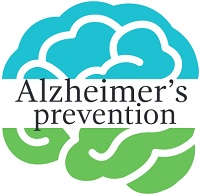“In the July/August 2007 issue of the Nutrition Action Healthletter, published by the Center for Science in the Public Interest, there is a special feature article entitled “The Greens Party” by Bonnie Liebman. In this article, Leibman mentions the benefits of eating adequate amounts of various greens on the eyes, bones, memory, diabetes, colon cancer, and stroke.
Greens and Eyes: Two carotenoid pigments in leafy greens – lutein and zeaxanthin – may help protect both the lens and the retina. Since leafy greens are high in both lutein and zeaxanthin one or two servings a week places most people in the highest intake. In several large studies, people who reported consuming the most lutein and zeaxanthin had a 20-50% lower risk of cataract extractions. Other studies found a lower risk of macular degeneration in people who consumed the most lutein and zeaxanthin. However, some studies found no link or only saw it in women younger than 75.
Greens and Bones: Researchers suspect that green leafy vegetables protect bone because they’re loaded with vitamin K. Since bone is normally breaking down and rebuilding constantly, it needs bone-dependent proteins to rebuild. Vitamin K is important for proper functioning of these bone-dependent proteins. In the Framingham Heart Study, those who consumed roughly 250 micrograms of vitamin K daily (largely from food) had a 65% lower risk of hip fracture than those who averaged around 55 micrograms a day. In another study of nearly 1,500 Framingham women, those who consumed more than 200 micrograms of vitamin K daily had greater spine and hip bone density than those who typically ate less than about 100 micrograms a day. While researchers are trying to figure if it is the vitamin K, something else in leafy greens, or something else about people who eat leafy greens that protect bones, we still know it is prudent to eat leafy greens, whatever the reason. The results of two large clinical trials are due out next year. In the meantime, you can easily get 500 micrograms of vitamin K in just half a cup of cooked collards.” (Wellsource Making Healthy Choices Newsletter, Issue 43, October 2007)



